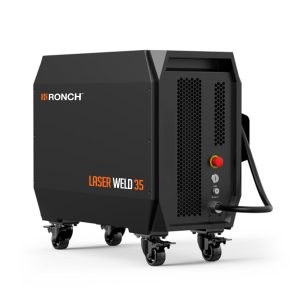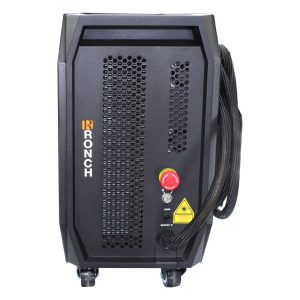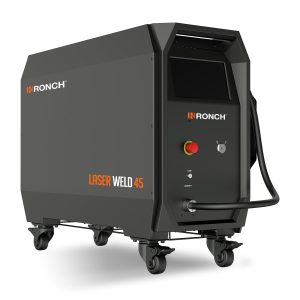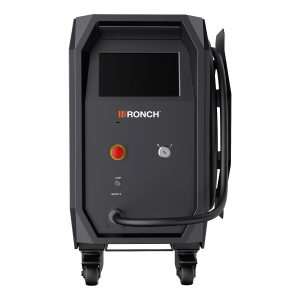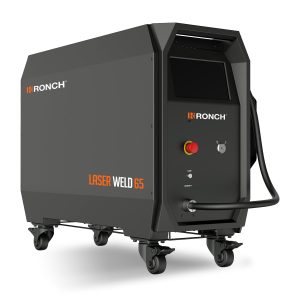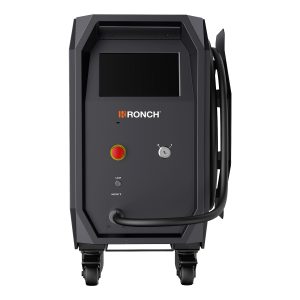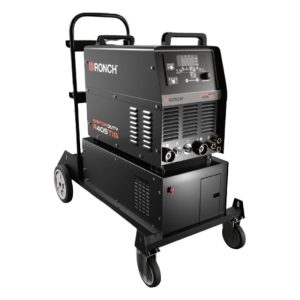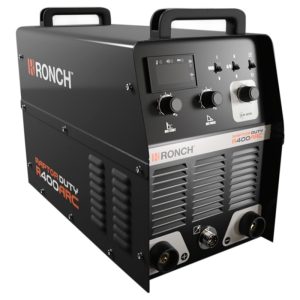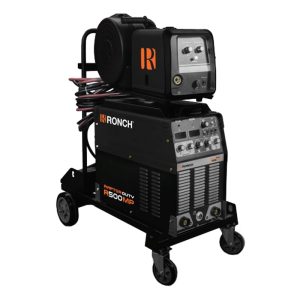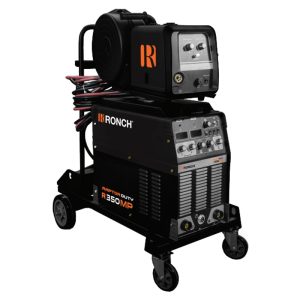
Laser Welder
Inicio » Laser Welder
-
- Laser Welder
Ronch Laser Weld 35
- The Ronch Laser Weld 35 is a uniquely designed welding machine that offers easier operation, more precise control and better welding performance. It has a portable design, a simple operating system with intelligent processing mode and a compact welding torch.
- Read more
-
- Laser Welder
Ronch Laser Weld 45
- The Ronch Laser Weld 45 is a uniquely designed welding machine that offers easier operation, more precise control and better welding performance. It has a portable design, a simple operating system with intelligent processing mode and a compact welding torch.
- Read more
-
- Laser Welder
Ronch Laser Weld 65
- The Ronch Laser Weld 65 is a uniquely designed welding machine that offers easier operation, more precise control and better welding performance. It has a portable design, a simple operating system with intelligent processing mode and a compact welding torch.
- Read more
| Welder / Feature | Laser Weld 35 | Laser Weld 45 | Laser Weld 65 |
|---|---|---|---|
| Welding Thickness | Up to 3.5 mm | Up to 4.5 mm | Up to 6.5 mm |
| Input Power | 3 Kw | 4.8 Kw | 6 Kw |
At the forefront of modern manufacturing, where precision and efficiency are paramount, laser welders have emerged as a revolutionary technology.
These tools have transformed the way materials are joined, offering a highly accurate and controlled alternative to traditional welding methods. From electronics to the automotive industry, laser welders have made a deep imprint on a wide range of industries, driving quality and innovation at every step of the production process.
In this section, we’ll talk about what laser welders are from their features to their cutting-edge applications. We’ll discover how these machines use highly focused beams of light to melt and join materials, avoiding the common challenges of distortion and thermal damage.
What are laser welders?
First of all, it should be clarified that laser welding comes from Light Amplification by Stimulated Emission of Radiation due to the fusion welding process in which metals or thermoplastics are joined by means of a focused laser beam.
As mentioned before, laser welders represent a technological innovation in the field of manufacturing and joining of materials because it is the most advanced welding method, using a highly precise and controlled approach to melt and fuse different types of materials.
Unlike traditional welding methods, which can generate distortion and significant thermal damage, the Laser Weld 35 minimize these unwanted effects by concentrating the energy in a small working area.
How do laser welders work?
The key behind laser welder technology lies in the laser’s ability to generate focused heat.
By placing the laser beam at the joining point, an intense heat source is generated that melts the edges to be joined. As the heat decreases, the materials solidify into a strong bond.
Below we will discuss in more detail the general process of how laser welders work, which can be broken down into the following steps:
1.- Laser Generation
The process starts with the generation of a highly concentrated laser beam, which is formed from the use of media such as laser diodes, gases or doped crystals.
The laser welder emits light at a specific wavelength, which determines the laser’s ability to interact with different types of materials.
2.- Laser focus
Secondly, we must focus the laser beam using lenses or optical systems to concentrate the energy on a small and precise area on the surface of the materials to be joined. This part of the welding process is essential to generate enough heat to melt the materials.
3.- Energy Absorption
Once the laser hits the surface of the materials, the energy is absorbed by the materials. This energy is converted into heat, increasing the temperature of the materials in the focal area. This causes the materials to melt or vaporize, depending on the application and the specific materials.
4.- Melting and Bonding
As mentioned in the previous point, as the materials heat up and reach their melting point, they begin to melt and bond. Once the laser energy is removed, the molten materials solidify and form a solid bond. This is an advantage as it does not adversely affect the area surrounding the melt.
5.- Control and Automation
Finally, laser welding systems are highly automated and computer controlled. This allows programming of specific parameters such as laser power, movement speed and pulse duration, which ensures a consistent and repeatable joint.
Laser Welding Methods
There are several types of laser welding, each adapted to different applications and requirements. Some of the most common types are as follows:
1.- Thermal Conduction
In this method, laser energy is applied across the surface of one of the materials to be joined, meaning that the energy is conducted into the base material, generating heat and allowing fusion.
2.- Penetration Welding
Secondly we have the penetration welding, as the name says, the laser penetrates through the surface of the material, creating a hole and generating a deep melting point.
As the laser advances, the material melts in a molten pool, allowing the joining of thick materials and the creation of solid joints at the bottom.
3.- Pulsed Welding
This method is characterized by the use of very short laser pulses to melt the surface of the materials. These pulses generate minimal heat transfer to the surrounding material, which reduces the risk of deformation and distortion.
4.- Continuous Welding
In contrast, in this type of welding, the laser emits a constant flow of energy, which allows continuous melting of the materials. This method is ideal for welding materials with high thermal conductivity and can be faster in certain cases.
Applications of Laser Welding Machines
Finally, we would like to share with you the different applications where laser welding machines may be required:
1.- Automotive Industry
In America, the automotive industry has had an exponential growth, which is why laser welders are used to join critical components with precision and durability.
From welding body panels to joining structural components and exhaust systems, laser welders guarantee solid and consistent joints. Laser welders are also applied in the welding of delicate parts in automotive interiors, such as the soldering of cables and sensors in electronic modules.
2.- Electronics
In the electronics industry, laser welding is used to assemble components in high-precision electronic devices. This includes the soldering of surface mount components (SMD) on printed circuit boards (PCB), the joining of wires and the soldering of connections in micro-devices.
Because laser welding can operate on microscopic scales with minimal heat transfer, it is essential in the fabrication of heat-sensitive devices such as semiconductors and sensors.
3.- Aerospace Industry
Laser welding can also be applied in the aerospace industry, where safety and durability are critical, these machines play an essential role.
Welds of this type are used to assemble aircraft and rocket components, such as joining fuel lines and hydraulic systems.
Now that you know more about laser welding machines, feel free to share our products on your social networks and request a quote for yours without obligation.

